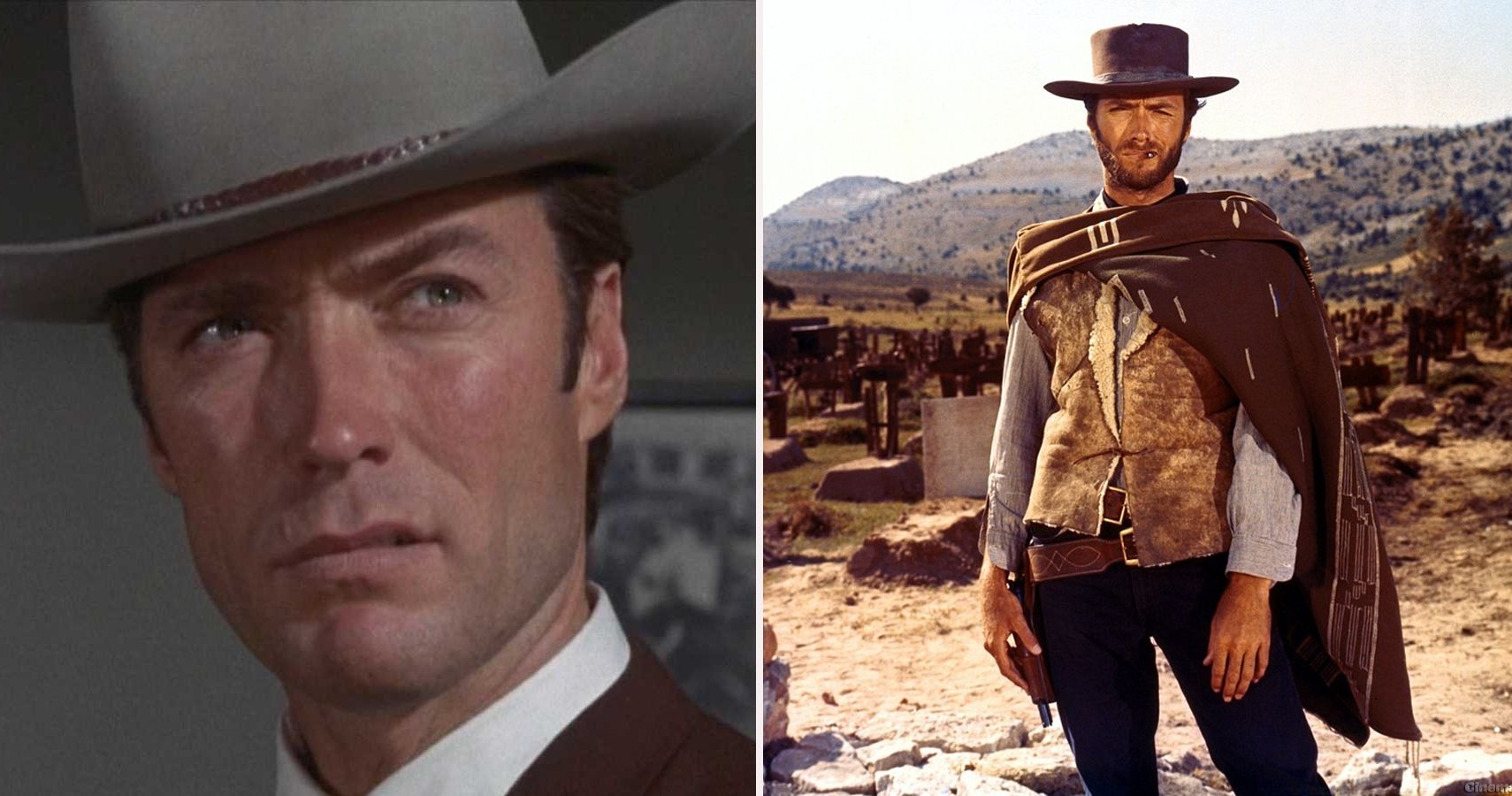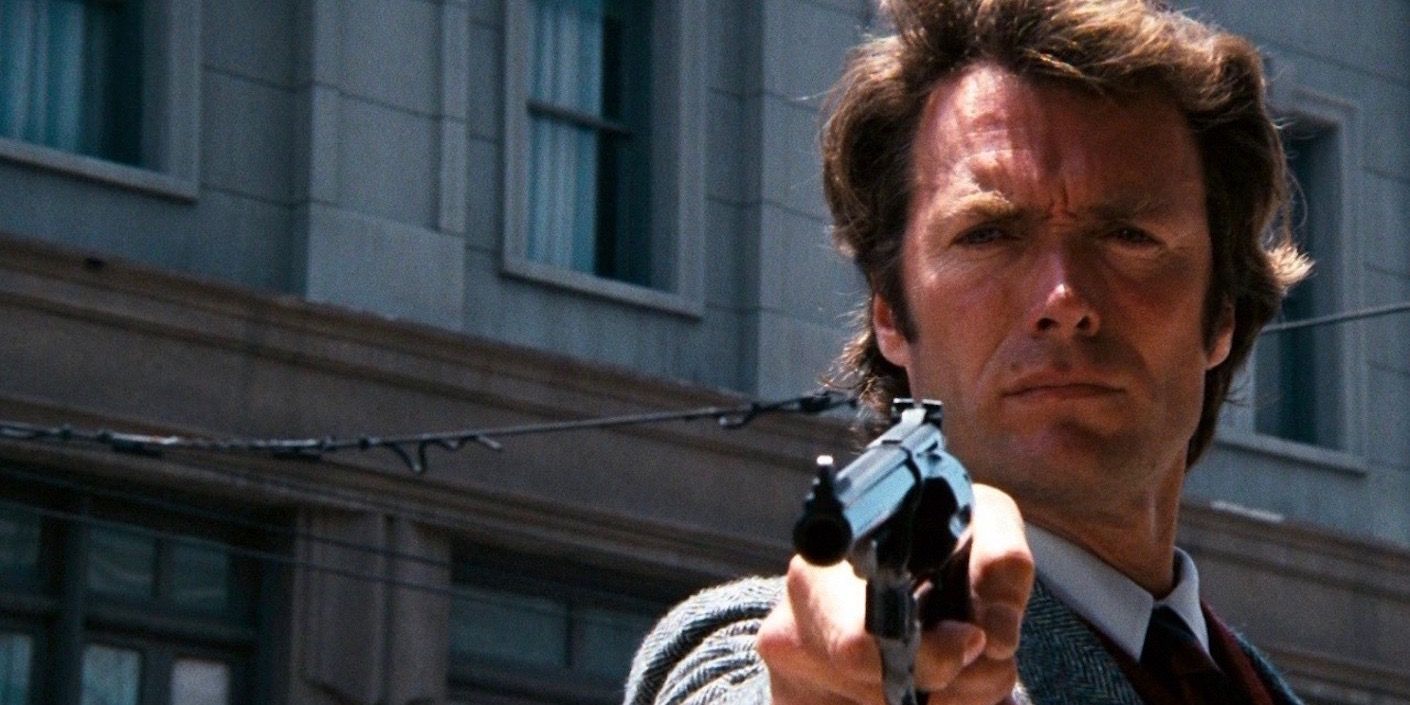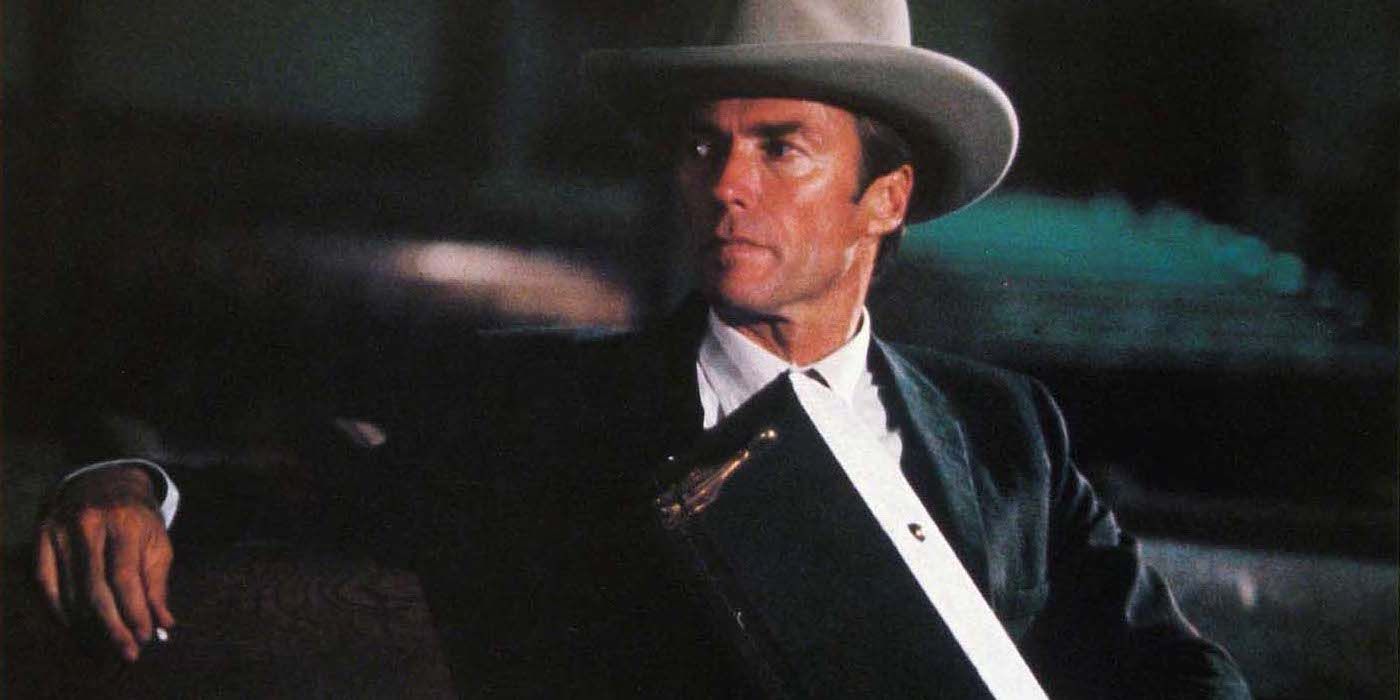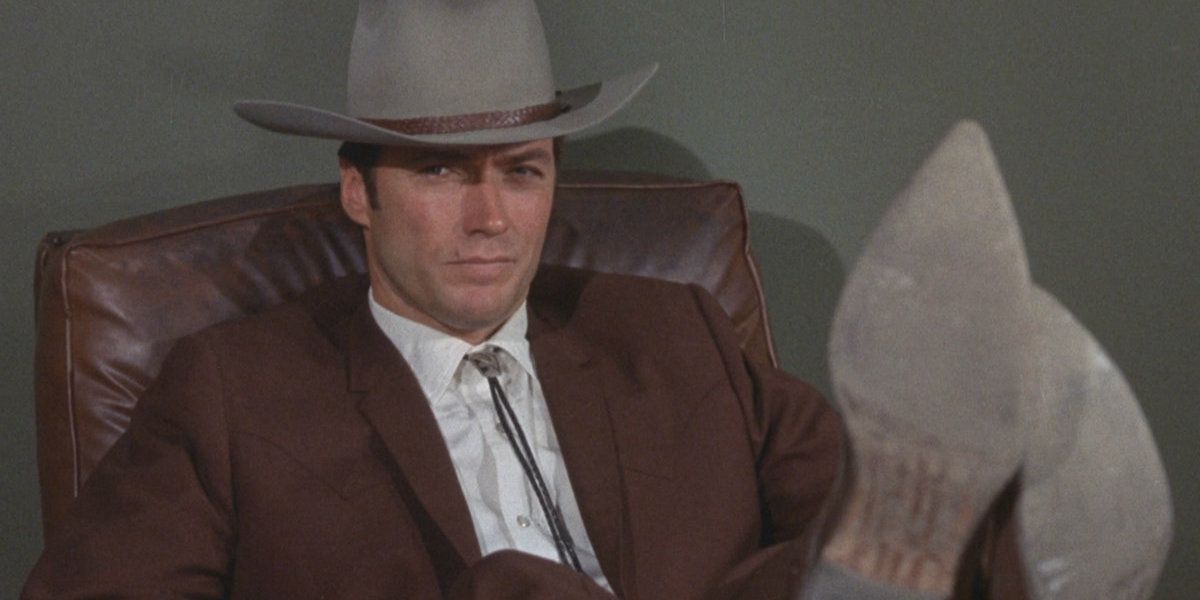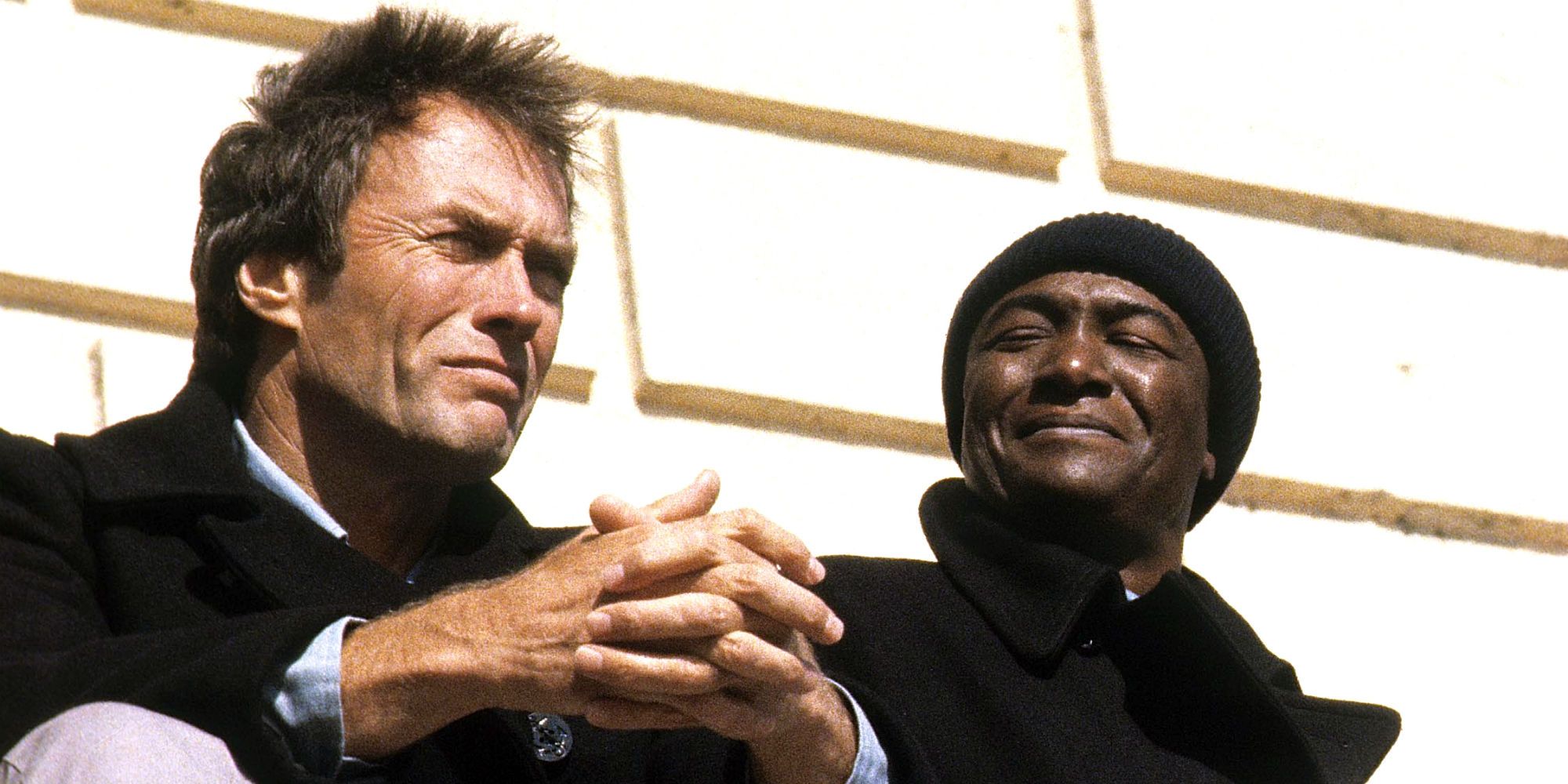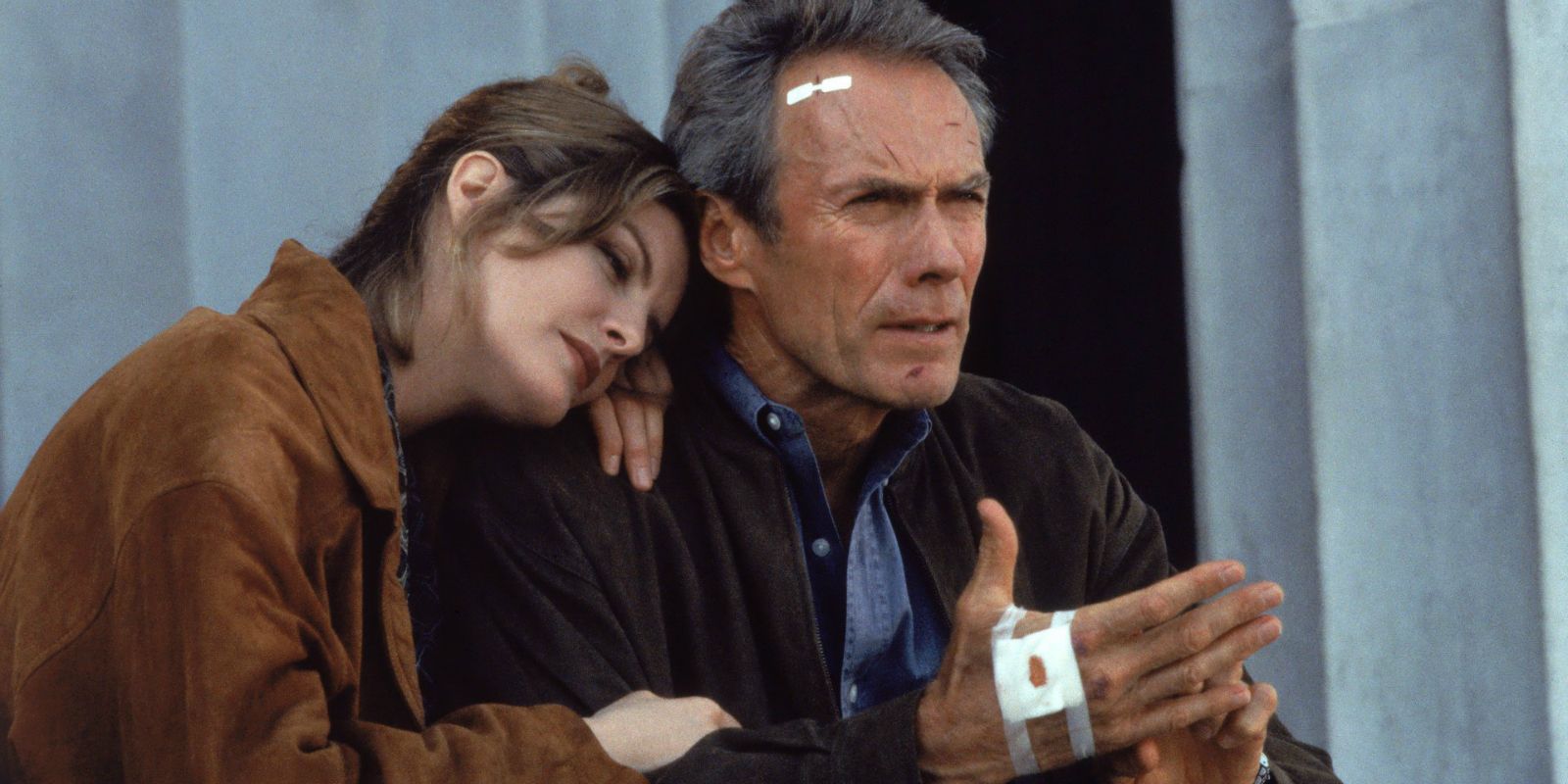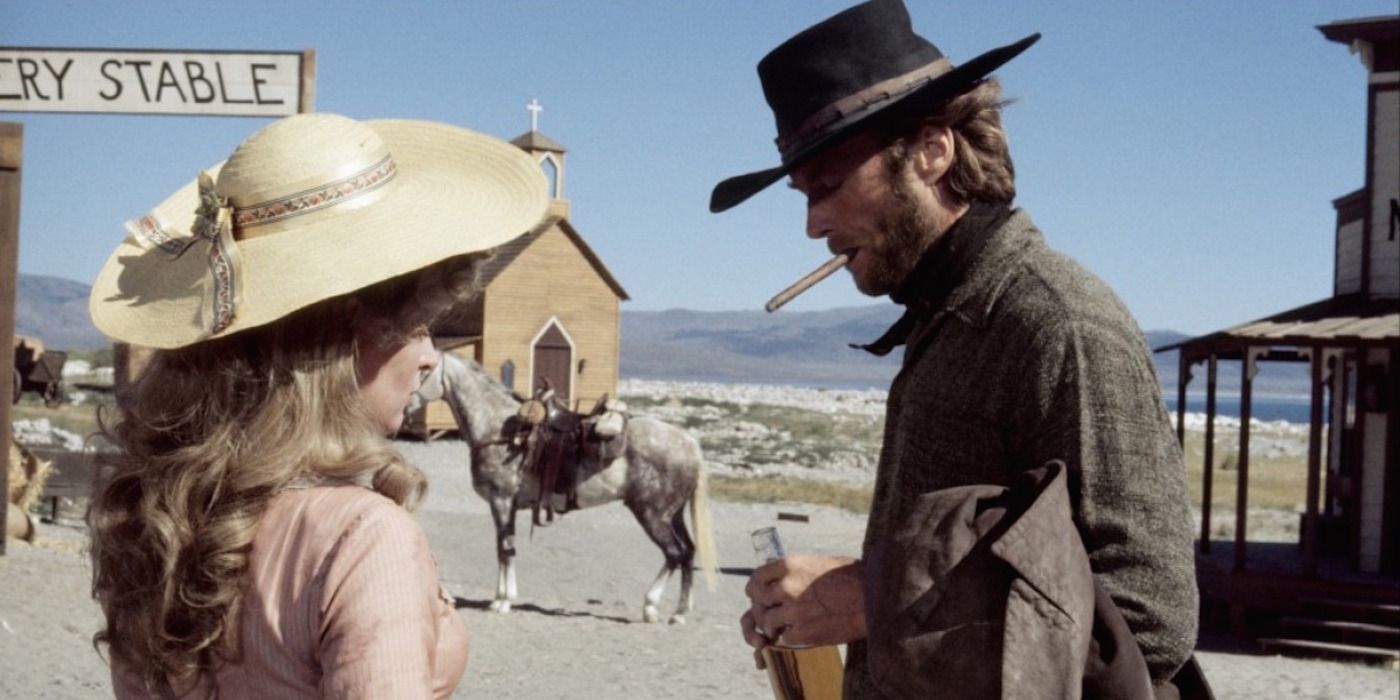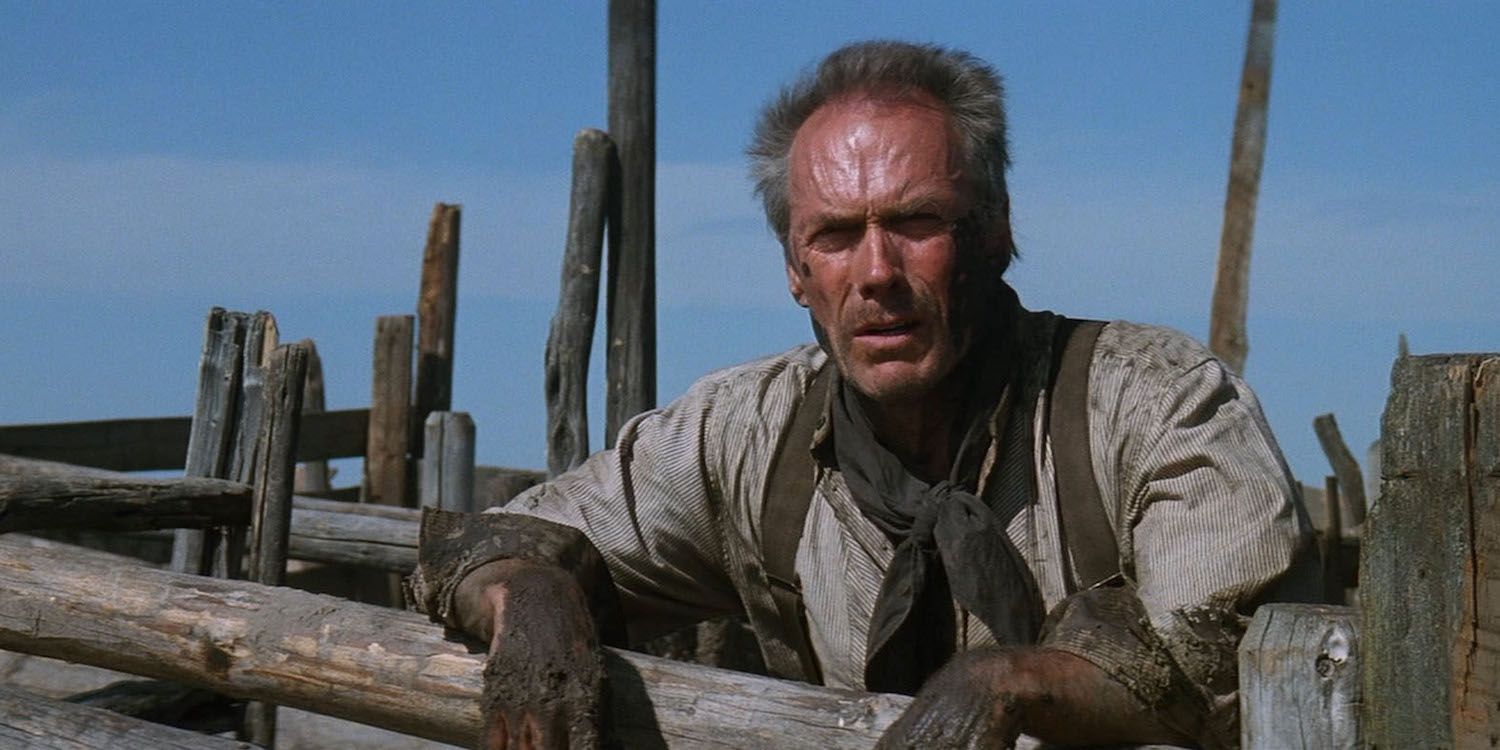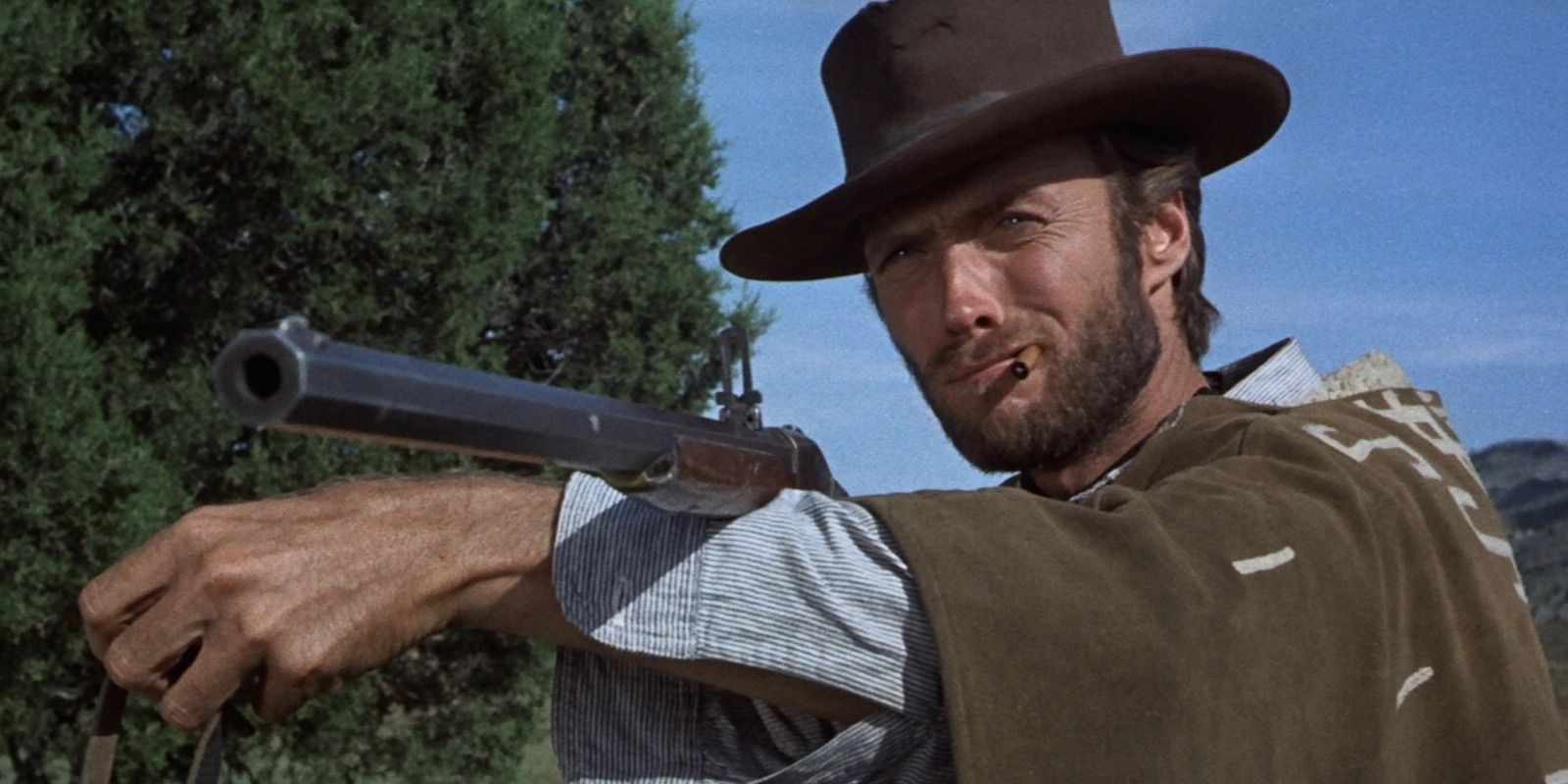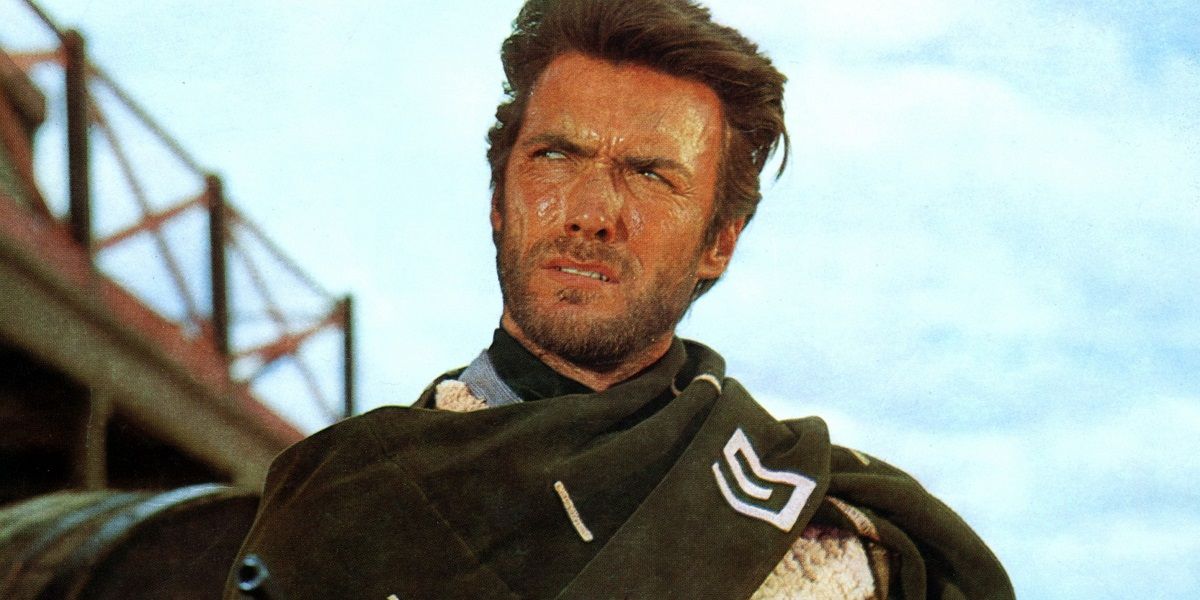Clint Eastwood is one of the most distinct and notable movie stars to ever emerge from America, which is quite a competitive field. Though often only thought of for his prominent place within the evolution of Westerns in the late-60s through to the 1990s, his career as both an actor and a director have seen him achieve huge amounts of critical and creative success across a broad spectrum of roles. In a career spanning over sixty years, he’s starred in – and made – some of the most acclaimed and influential films ever made.
Here are his ten best movies as an actor, according to the review aggregate site Rotten Tomatoes.
Dirty Harry (93%)
Arguably Eastwood’s signature role and undoubtedly his most quoted (if not the most quoted movie character ever), the titular “Dirty” Harry Callahan pursues a Zodiac-esque killer through 1970s San Francisco. The tough cop’s unforgiving approach to crime with his .44 Magnum revolver would form them a devout fanbase, seeing the character through four sequels.
Though not uncontroversial for its depiction of police violence which some would even deem to be fascistic in nature, Dirty Harry has only grown in popularity and fame over the decades. In no small part, thanks to Eastwood’s unwaveringly icy performance.
Honkytonk Man (93%)
Adapted by writer Clancy Carlile from his novel of the same name, Eastwood directed, produced and starred in this musical drama about a young boy’s coming-of-age experiences with his talented, alcoholic, uncle as he seeks success as a guitar player and singer in Nashville during the Great Depression.
Eastwood’s performance as the boy’s uncle, Red Stovall, both showcased his musical capabilities and created one of the actor’s most unique and vulnerable characters.
Tarantula! (94%)
Clint Eastwood is often remembered as a star who had to earn their way to the top through a hard-working career doing bit parts in 50s Hollywood B movies before finding his fame in Italian-produced “Spaghetti” Westerns in the 1960s, and some of those B movies were actually surprisingly well-received.
Beating a number of Eastwood classics (some of them Oscar-winning) is Jack Arnold’s self-explanatory 1955 monster movie Tarantula!, in which Eastwood briefly appears as a fighter pilot.
Coogan’s Bluff (94%)
Coogan’s Bluff would begin one of the most significant relationships of Clint Eastwood’s career in movies. It would be his first of five that he would make with director Don Siegel, the most well-known of which was their second-to-last, Dirty Harry.
Coogan’s Bluff may seem like fairly run-of-the-mill stuff by contemporary standards. But a lot of what the director and star learned on the film would be ultimately parlayed into Dirty Harry. Coogan’s Bluff taking a more fish-out-water approach as Eastwood’s Texan Deputy Sheriff tracks down a scumbag in Manhattan. The distinct contempt for hedonistic psychedelic culture from the late-60s being quite prominent and laying groundwork for Eastwood’s later star persona.
Escape From Alcatraz (96%)
The last of the collaborations between Eastwood and director Don Siegel was as seminal as Dirty Harry but a much more universally enjoyable movie. It sees Eastwood as the lead in a group effort to escape from the inescapable prison, the quintessential prison story clearly becoming an inspiration for a number of future classics in the same genre.
Escape from Alcatraz may have few frills but its matter-of-factness make its all the more gripping. Jerry Fieldings almost-non-existent score makes it sound either like a war movie or a horror movie and Eastwood strikes a masterful balance between heroic rogue and relatable everyman, so you become as invested in the escape as his character is.
In The Line Of Fire (96%)
Eastwood stars as an aging Secret Service agent – the last of the detail that saw President Kennedy shot – in Wolfgang Petersen’s simple – but very smart – assassination thriller. John Malkovich plays the psycho intent on assassinating the president and the two engage in a tense game of cat and mouse across Washington, D.C.
In the Line of Fire may be a little paint-by-numbers but it has master flourishes. The screenplay was Oscar-nominated and Spaghetti Western icon Ennio Morricone returns to score Eastwood in a situation where he’s the gunslinger on the right side of the law, for once.
High Plains Drifter (96%)
Eastwood’s second movie as a director was a little more on-brand for how audiences knew him back then. High Plains Drifter seems like a fairly straight-forward Western on the surface but, much like his first movie, it was essentially a horror story.
Still very much in his experimental phase as a director, Eastwood really brings something unique to his first Western beyond his well-established screen persona. The purpose-built town from the story is both surprisingly meticulous in its detail and striking in its colors. A fitting landmark into the history of a genre synonymous with Eastwood’s name.
Unforgiven (96%)
Eastwood’s highest-rated directorial effort (to date) is as much an homage to his past in the Western genre as it is its own story. It follows Eastwood’s character, the suitably grizzled former gunslinger William Munny, as he takes one last job of murder-for-hire. Often considered to be a defining entry into the Western genre, the movie won Eastwood Oscars for both Best Director and Best Picture as the movie’s producer.
An often shocking and morally murky movie all the way through, Unforgiven’s impact has nonetheless resonated across the world. In a fitting twist – considering the history of samurai movies remade into Westerns – director Lee Sang-il remade Unforgiven, transposing 19th-century Wyoming for 19th-century Japan.
The Good, The Bad And The Ugly (97%)
The final part of the so-called Dollars Trilogy (sometimes called the Man With No Name Trilogy). Sergio Leone’s legendary Western brings Eastwood together with fellow genre icons Lee Van Cleef and Eli Wallach as The Good, The Bad, and The Ugly, respectively. The three gunslingers’ mission to find a payday of buried Confederate gold produces one of the funnest, and most unforgettable adventures of classic Western cinema.
Though enshrined as an immutable gem in this day and age, the film had a considerably frostier reception from some critics on its initial release. Re-evaluation over time has cemented its place as one of the most iconic movies ever made.
A Fistful Of Dollars (98%)
Another movie that took its time reaching its revered status, A Fistful of Dollars began both Leone’s Dollars Trilogy and Eastwood’s meteoric rise to fame.
The movie is considered to be an unofficial remake of Akira Kurosawa’s seminal samurai movie Yojimbo, so much so that Kurosawa’s legal action against A Fistful of Dollars delayed its release in the US by over two years. This resulted in each part of the trilogy being screened to American audiences for the first time in one year, catapulting Eastwood from a relative nobody into an instant icon.
Eastwood’s performance would fast become the yardstick by which all heroes in Westerns were measured, his trademark grimace and poncho indelibly imprinting on both movie culture and popular culture in general.

